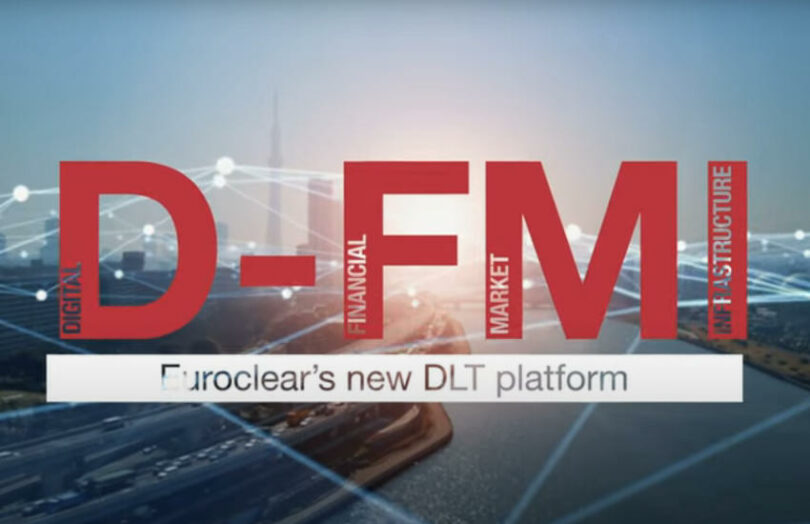Today Euroclear announced the first bond issuance using its DLT issuance platform. It was a €100 million digitally native note (DNN) issued by the World Bank’s lending arm, the International Bank for Reconstruction and Development (IBRD).
The digital bond is listed on the Luxembourg Stock Exchange. Citi acted as issuing and paying agent, TD Securities as dealer, and Euroclear Bank as the Central Securities Depository (CSD).
Euroclear’s Digital Financial Market Infrastructure (D-FMI) is linked to the conventional settlement platform and is CSDR compliant. Without the linkage, the D-FMI would create a silo. By integrating with the conventional platform it means investors who don’t yet support digital securities can nonetheless invest. And investors have access to trading venues and liquidity management. As a fast follower, Euroclear gets to learn from others.
For example, SIX Digital Exchange (SDX) linked its digital and conventional CSDs for the same trading and liquidity purposes. This enabled it to support the largest digital bond issuance to date, a CHF 375m bond for UBS.
SDX and Euroclear have something else in common. Both infrastructures use R3’s Corda blockchain technology.
“The integration of DLT in asset issuance is a critical step forward in the evolution of our ecosystem’s digital capabilities, as we continue to deliver on our goal of becoming a fully digital and data enabled Financial Market Infrastructure,” said Lieve Mostrey, Euroclear group CEO.
The news comes as the world’s largest CSDs seek to take their place in the coming wave of tokenization. Last month the DTCC, Euroclear and Clearstream argued they should play a major role in institutional digital assets. DTCC followed that up by acquiring Securrency last week. And Clearstream has now issued more than 1,000 digital securities on its D7 platform.
It has been five years since the World Bank issued its first digital bond, the bond-i, in collaboration with the Commonwealth Bank. The August 2018 issuance was the first ever blockchain bond.






